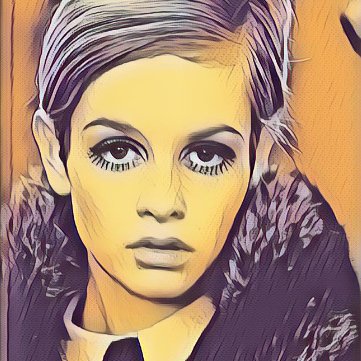Transforming Beauty & Glamour
The history of models can be traced back to ancient times when people used sculptures and paintings to depict human form. However, the modern concept of models emerged in the late 19th century, when fashion designers began using live models to showcase their designs.



In the early 1900s, prominent fashion houses such as Chanel and Dior started using professional models for their runway shows, which became an important part of the fashion industry. Models were expected to have specific measurements and physical attributes, such as tall and slender frames, to highlight the clothing designs.
The 1960s saw the emergence of supermodels, such as Twiggy and Jean Shrimpton, who transformed the industry and made models into global icons. The 1970s and 80s saw the rise of diverse models, including those of different ethnicities, sizes, and ages.
In recent years, social media has transformed the modeling industry, with models increasingly becoming influencers and brand ambassadors. The use of technology, such as 3D printing and virtual fashion shows, has also changed the way fashion designers and models work.
Despite the glamour associated with modeling, it has also faced criticism for promoting unrealistic beauty standards and perpetuating narrow definitions of beauty. However, the industry continues to evolve, and models are increasingly using their platforms to promote diversity, inclusivity, and social issues.
